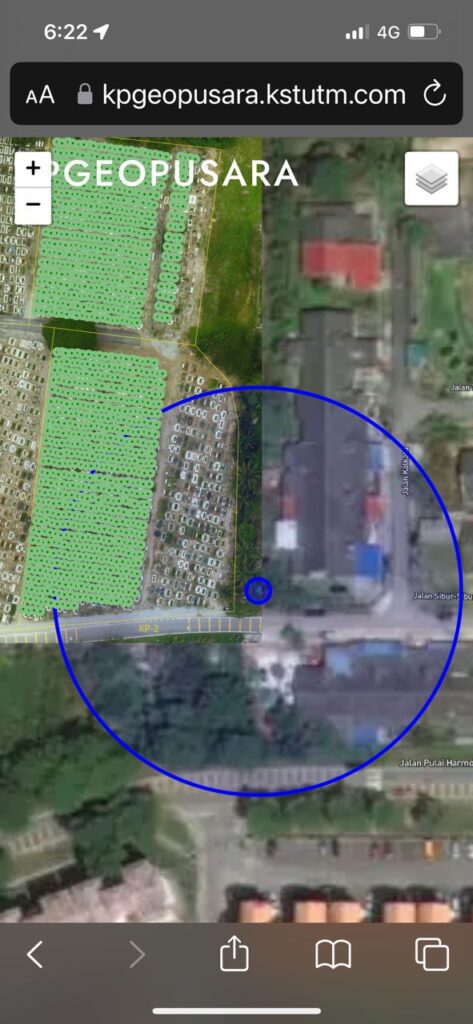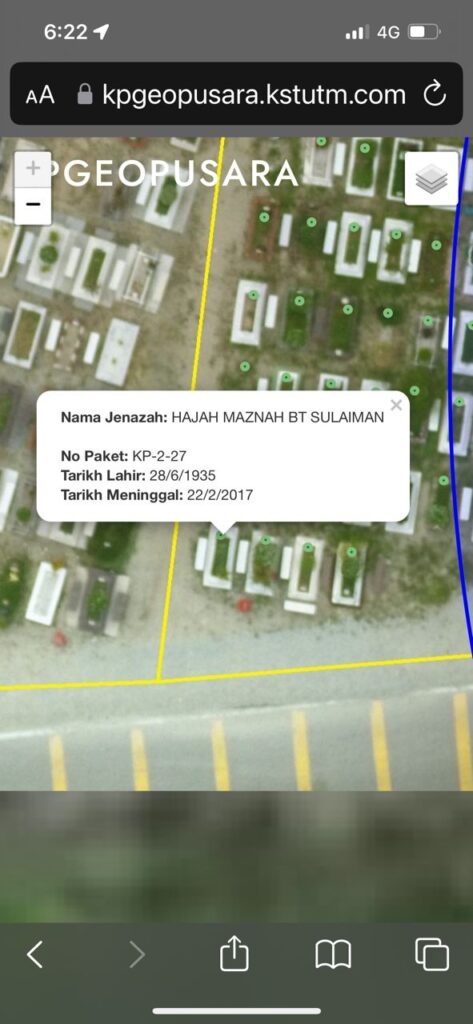By Shahabuddin Amerudin
Introduction
Location accuracy plays a crucial role in mapping applications, allowing users to navigate, find points of interest, and track their movements. However, it’s important to acknowledge that location inaccuracy can sometimes occur, leading to discrepancies between the displayed location and the user’s actual position. In this article, we explore the various factors that contribute to location inaccuracy and discuss strategies to mitigate its impact on mapping applications.
GPS Accuracy
GPS (Global Positioning System) relies on satellite signals to determine precise location coordinates. However, several factors can affect the accuracy of GPS signals. Device limitations, such as lower-quality GPS receivers, can result in less accurate location readings. Environmental conditions, like dense urban areas or deep indoor environments, can weaken GPS signals or introduce multipath interference, leading to inaccuracies. Additionally, the number and positioning of visible satellites at any given time can impact the accuracy of GPS readings.
Geolocation Errors
Mapping applications often rely on geolocation APIs to retrieve the user’s position. However, these APIs can introduce errors or inaccuracies in the reported location. The accuracy value provided by geolocation APIs may not always reflect the true error in the location estimation. Factors such as signal noise, limited sensor data, or the interpolation of location data can contribute to discrepancies between the reported location and the user’s actual position.
Network and Signal Interference
In scenarios where GPS signals are weak or unavailable, mapping applications may fall back on network-based positioning methods like Wi-Fi or cell tower triangulation. However, network connectivity issues or signal interference can affect the accuracy of these methods. Unreliable or spotty Wi-Fi networks, for example, may introduce inaccuracies in determining the user’s location. Similarly, obstacles or environmental conditions can interfere with the strength and quality of cellular signals, impacting the accuracy of cell tower triangulation.
User Permissions
To access precise location information, users need to grant location permissions to mapping applications. If users do not grant precise location permissions or disable location services on their devices, geolocation APIs may resort to less accurate positioning methods. This fallback mechanism, while providing approximate location data, can introduce additional inaccuracies compared to when precise location permissions are granted.
Device or Browser Limitations
Location accuracy can also be influenced by the device or browser being used. Different devices and browsers may have varying levels of geolocation capabilities and support for high-precision GPS. Older devices or browsers may lack advanced positioning technologies or have less accurate GPS receivers, leading to decreased location accuracy. It’s important for developers to consider these limitations when building mapping applications.
Mitigating Location Inaccuracy
While achieving perfect location accuracy in all scenarios is challenging, there are strategies developers can employ to improve the accuracy of displayed location in mapping applications:
- Encouraging users to be in open areas: Advise users to be in open spaces with a clear view of the sky whenever possible. This can enhance GPS signal strength and reduce obstructions that may lead to inaccuracies.
- Informing users about limitations: Set appropriate user expectations by providing information about the potential factors that can affect location accuracy. Educating users about the variability of accuracy readings can help manage their expectations.
- Implementing error handling: Develop robust error handling mechanisms to handle cases where location accuracy is low or undetermined. Inform users when the accuracy falls below a certain threshold and provide appropriate feedback to avoid misleading information.
- Considering additional positioning methods or APIs: Explore alternative positioning methods or APIs that can complement GPS data. Combining GPS with Wi-Fi or cellular network information can improve accuracy in urban areas or when GPS signals are weak.
- Regularly updating applications and libraries: Stay up-to-date with updates and bug fixes related to geolocation functionality. Regularly check for new releases of libraries or APIs used in the mapping application to benefit from improvements that can enhance location accuracy.
Conclusion
Location inaccuracy in mapping applications can occur due to various factors, including GPS limitations, geolocation errors, network and signal interference, user permissions, and device/browser limitations. While efforts can be made to improve location accuracy, achieving pinpoint accuracy in all scenarios may not always be possible due to external factors and limitations.
By understanding the factors that contribute to location inaccuracy and implementing strategies to mitigate its impact, developers can enhance the user experience and provide more reliable location information. It is essential to manage user expectations, provide accurate error handling, and explore alternative positioning methods or APIs when necessary.
As technology continues to advance and new positioning techniques emerge, ongoing research and development efforts aim to improve location accuracy in mapping applications. By staying informed and adapting to advancements in geolocation technology, developers can strive for increasingly accurate and reliable location data in their applications.
Suggestion for Citation: Amerudin, S. (2023). Understanding Location Inaccuracy in Mapping Applications. [Online] Available at: https://people.utm.my/shahabuddin/?p=6523 (Accessed: 6 July 2023).



